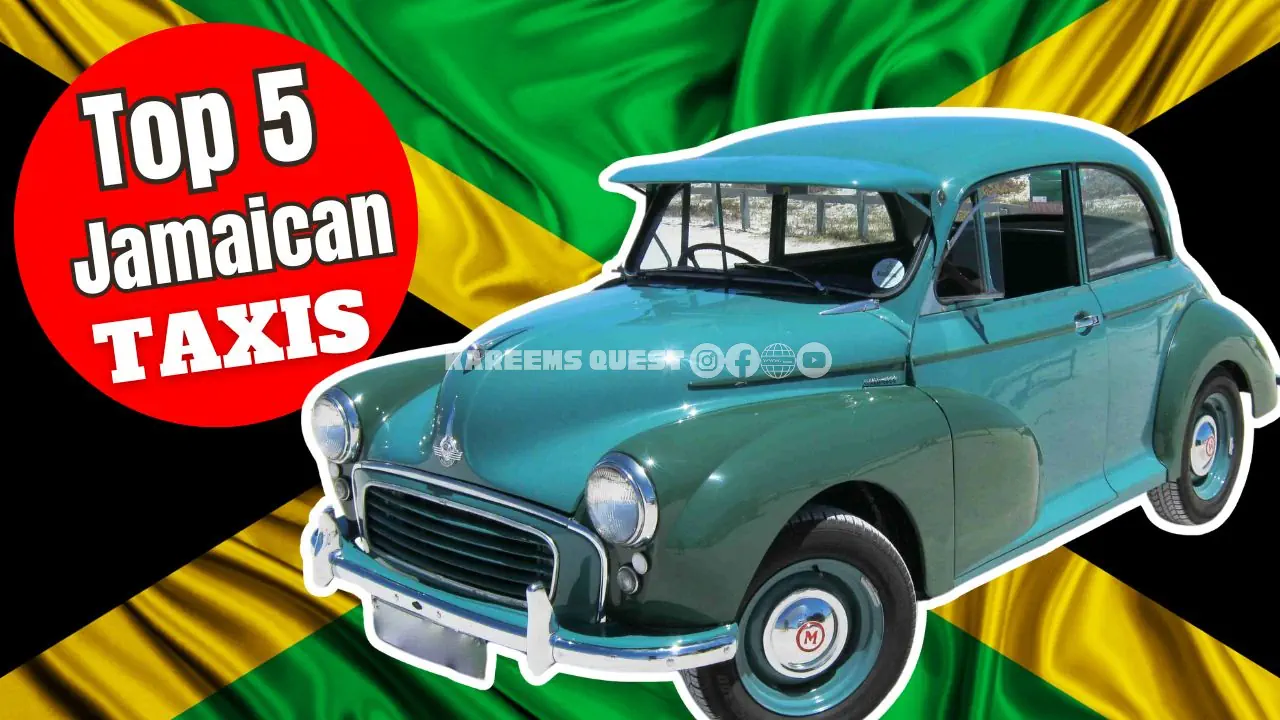
The Jamaican taxi driver, a fixture on our roads, has been a constant companion to generations of Jamaicans. From their early days of British-made sedans to the modern Japanese imports, these vehicles have played a pivotal role in our island’s transportation landscape. There were also the iconic taxi operators such as Blue Ribbon Taxis, Checkered Flag, and Co-op Cabs. These companies, with their distinctive vehicles and livery, moved Jamaicans around seamlessly. Let’s take a journey through time, exploring the evolution of Jamaican taxis.
All this was inspired by my YouTube videos about Jamaican Taxis, which has thousands of people reminiscing.
1960s
The Morris Oxford/ MG Magnette / Austin Cambridge
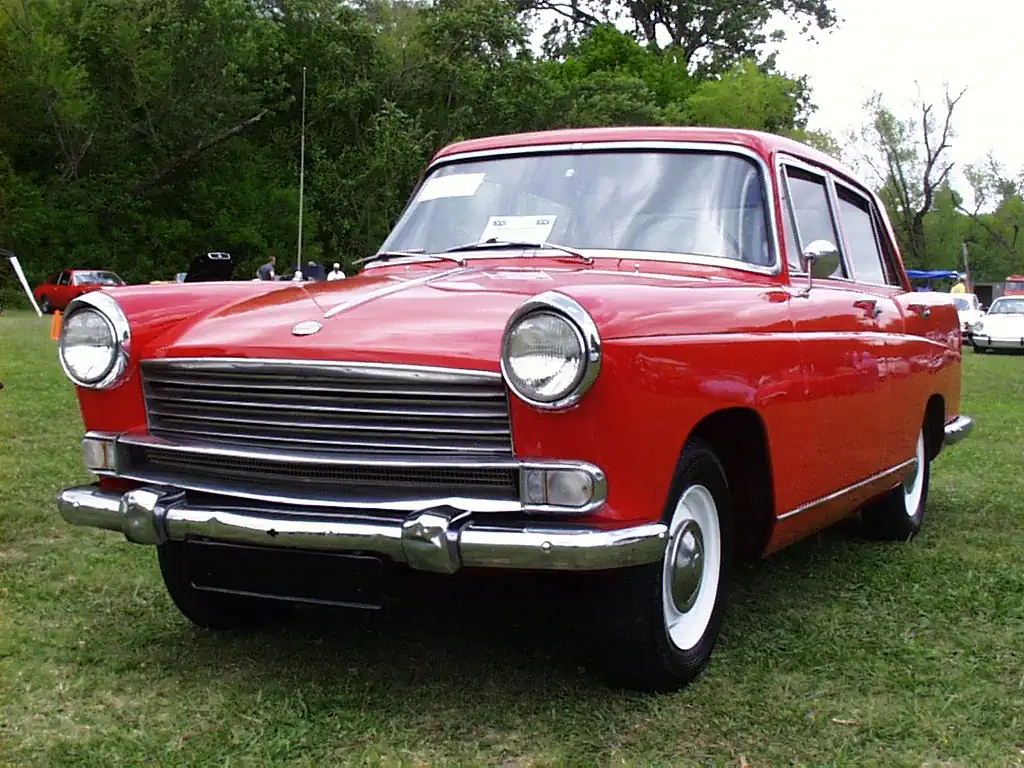
The Morris Oxford was produced by the British Motor Corporation between 1913 and 1971. The series V, which was the most popular model on our roads, was released on 25 March 1959. The Morris Oxford also shared name plates with the MG Magnette and Austin Cambridge. These cars were powered by a 1498cc BMC B- series four (4) cylinder. The Morris Oxford was produced until 1971 with over two hundred thousand units going worldwide.
John Crook was the local dealer responsible for the importation of these cars. With production ending and difficulty in sourcing spare parts, these cars started their decline.
1970s – 1980s
Peugeot 504
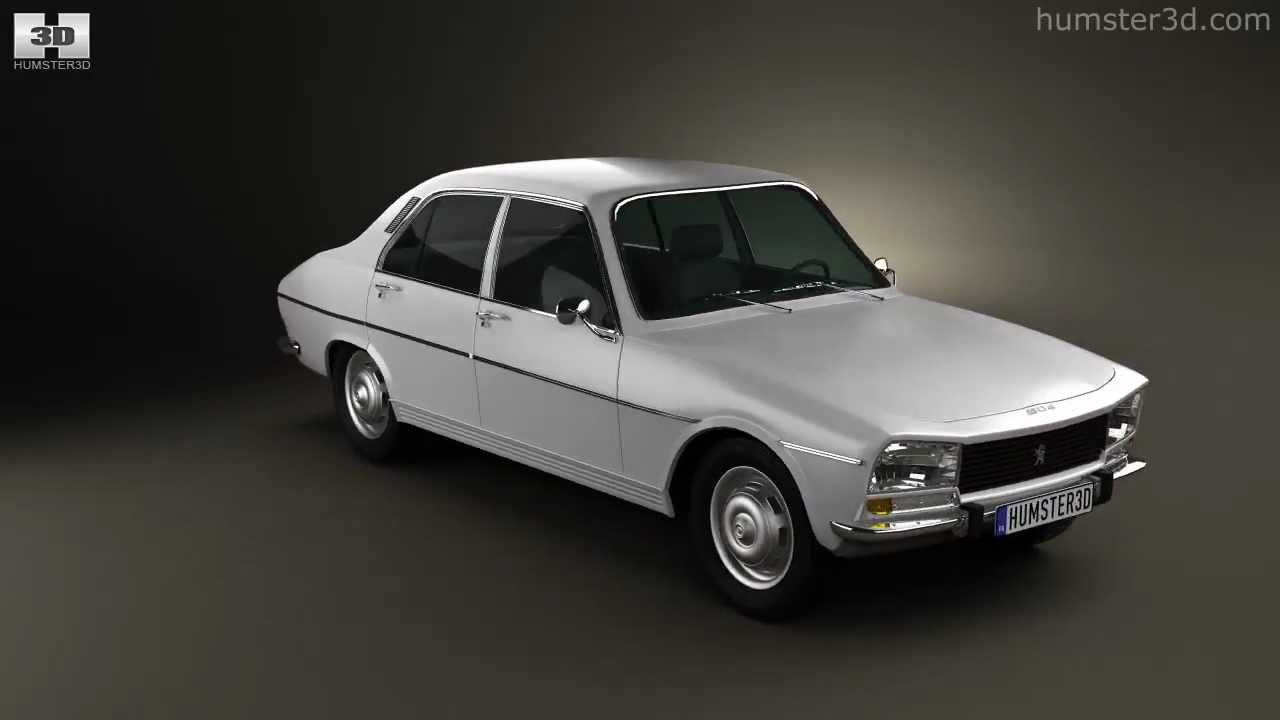
1978 Peugeot 504 Ti Automatic 2.0 Front Taken at the 2021 Festival Of The Unexceptional at Grimsthorpe Castle, Lincolnshire
Manufactured between 1968 and 1983, the 504 won the ‘European Car of the Year,’ in 1969 noted for its strong engine and unique styling. It was powered by a 1700cc four cylinder engine. This car was very popular in Europe, and at the end of production in 1983, over three million variants were manufactured. The decline of the 504 was caused by parts not being readily available, and the early 1980s provided other options.
1980s – 1990s
Lada 2013/2014/2015
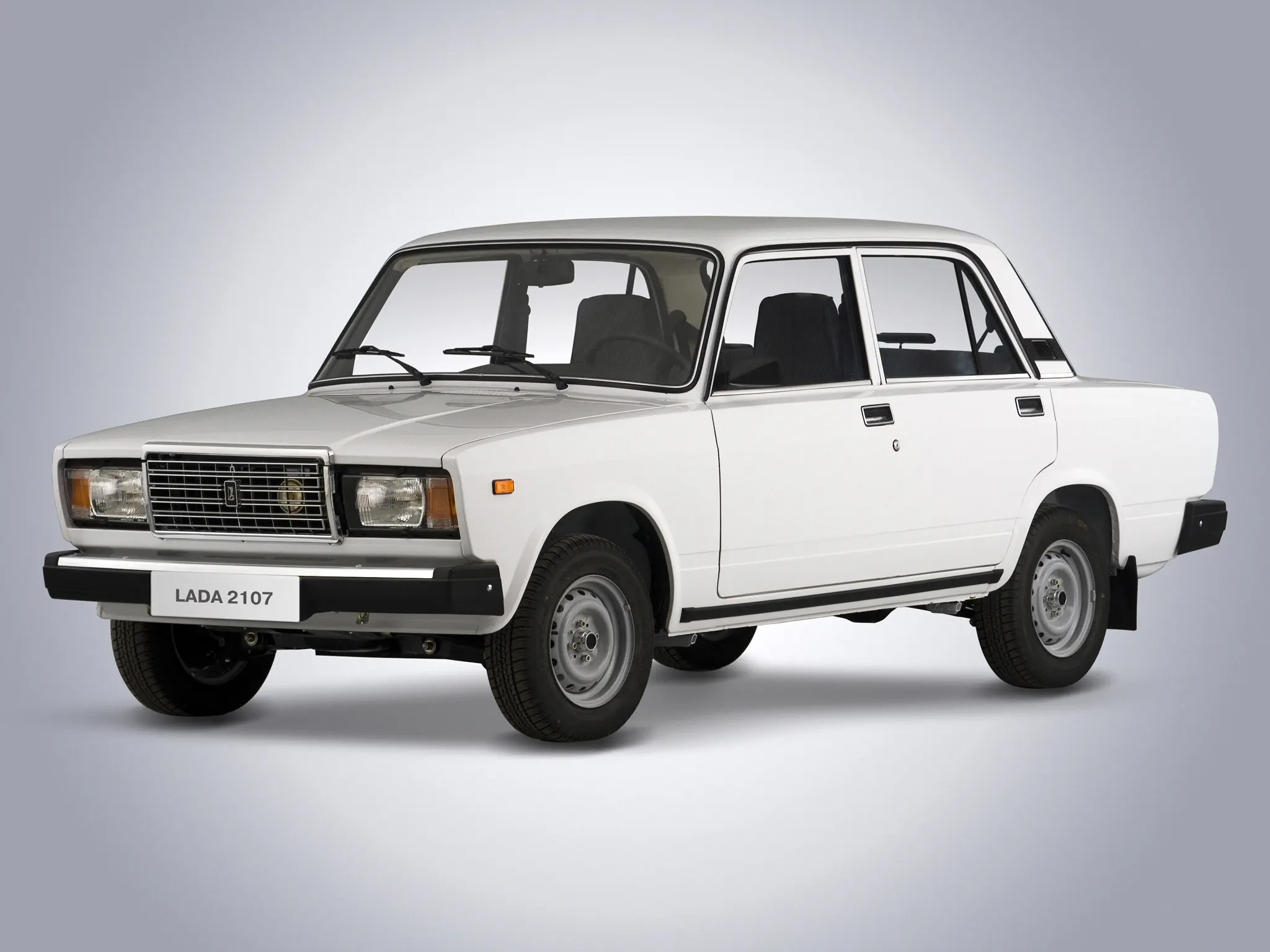
In the early 1980s an agreement was signed between Jamaica and the USSR which allowed for the importation of Ladas in exchange for bauxite ore. Produced by AvtoVAZ, the Lada was an inexpensive option for the growing population of Jamaica. Powered by a 1300cc VAZ-2015 engine, the Lada provided an economical way for Jamaicans to travel. Coming out of the Soviet-era, the Lada wasn’t subjected to international safety standards or rigorous product testing. Owning a Lada meant it was constantly being repaired, as nuts and bolts would become loose by just operating the vehicle. The Lada was affectionately called ‘Life And Death Association’ by many Jamaicans as some witnessed the wheel rolling away in the other direction of the path it was driving.
1990s – 2000s
Toyota Corolla (sedan and station wagon) Nissan Sunny / Nissan AD Wagon
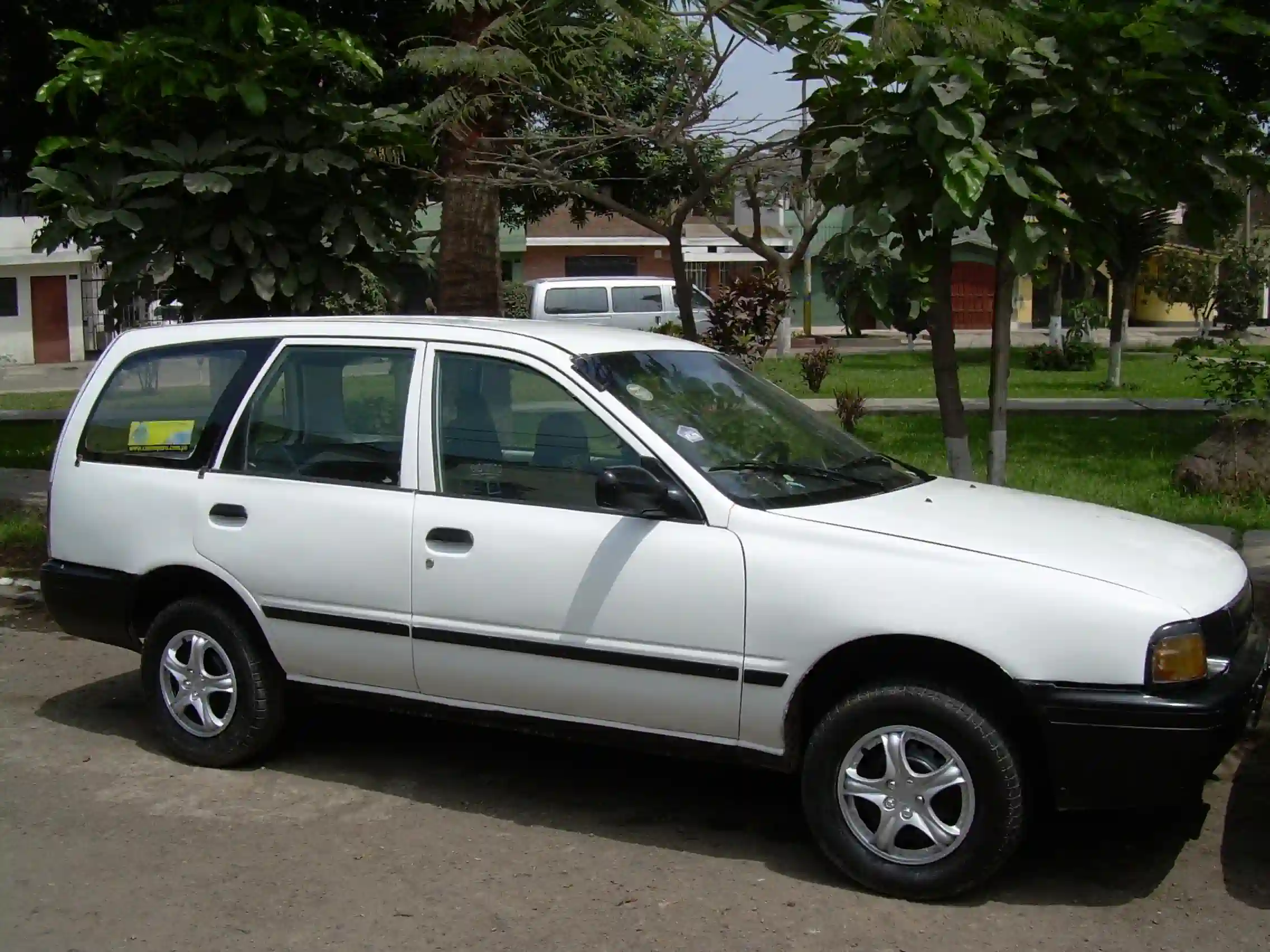
In the early 1990s, then Prime Minster PJ Patterson made provisions for the importation of used Japanese domestic motor vehicles. Jamaicans, eager to leave the horrors of owning a Lada behind, jumped quickly at this new opportunity. These cars were also available from Uni-Motors and Pacific Motors, dealers for new Toyota and Nissan motor vehicles respectively. At the time, it was the ‘privileged few’ that were able to afford new motor vehicles.
Taxi men, also took these models as an option for safe and reliable transportation. The ‘AE91’ Corolla was produced between the years 1987 & 1992. Coming to the island as ‘used’ cars, they didn’t start showing up until the mid-1990s. They were mostly powered by a 1500cc 5A-F engine, even though the 1300cc variant also appeared on our shores.
The station wagon was quickly nicknamed the ‘sketel,’ and was more popular with route taxis in rural Jamaica. Twenty Five years later, this particular model is still in use, even though many are in need of attention. Many owners of the Corolla, have now upgraded to the Probox, which was designed as a replacement for the ageing Corolla wagon.
The ‘B15’ Sunny wasn’t as popular as the ‘AE91’ Corolla, but taxi men still used it. Powered by the GA14DE four cylinder, it was a worthy competitor to the Corolla. As for the Sunny, it has been replaced by the AD Wagon.
Responses from users who watched our YouTube video on Jamaican Taxis
@charleshenry4500
Checker cab had black and yellow like the draughts board, hence the name. Interestingly, they were both headquartered on Connelly ave, off Marescaux rd, close to Wolmers and I think shared their garage with the Mail Bus company until sometime in the early 1990’s.
keishathomas3146
Blue Ribbon Taxi Cab location Harbour View in 1982 owned by Thomas (my family)
@stevenfrancis9153
The following are some cars that I remember starting in the late 50s. The Morris Minor, Rambler (this car was owned by a senior government employee), Prefect (owned by a nurse), Vanguard (owned by a man who returned from England), Wolseley, Valiant ( A man who owned this car drove it to his farm in the early 80s, the front end must have been very strong). The Hillman Hunter and Humber Sceptre were popular in the late 70s and I owned a Fiat 132 that was a 1974 model.
@tjonesauto
When I first visited Jamaica in 1986 we left the airport in a Lada taxi. We then took a bus known as the “quarter million”. The driver gave it a name but I forgot.
@SunShyne_Culture
I drove my mom’s Morris Oxford to the examination depot to take my test and got my drivers licence. And then became a taxi driver in Ocho Rios. Great days, oh my
History of Jamaican Taxi Video
Create your own adventure
Craving your own Jamaican escape? Head over to our TOUR PAGE to connect with Kareem’s Quest! We can help you plan your itinerary, find the perfect hotels and adventures, and ensure you experience the authentic side of Jamaica.


